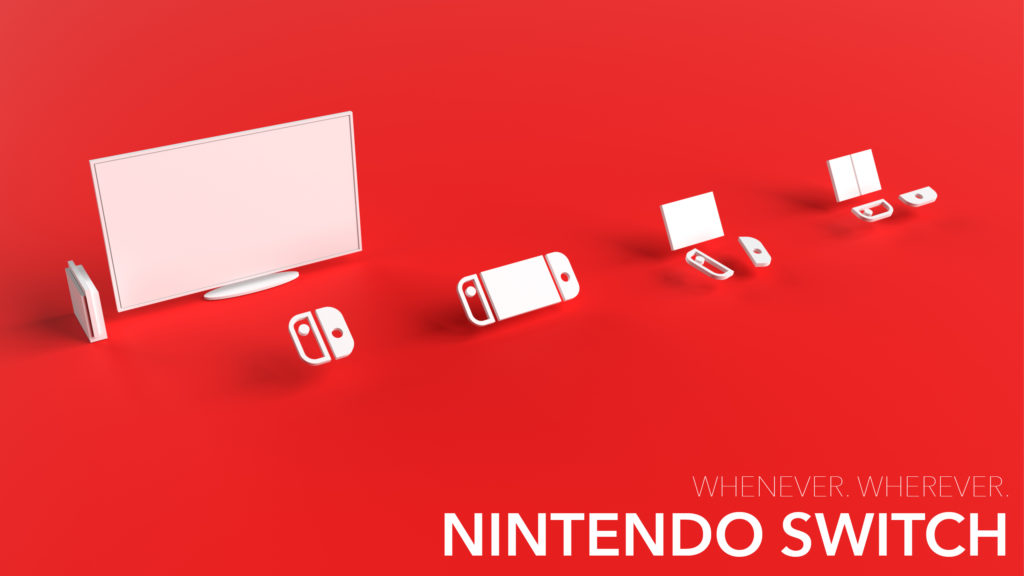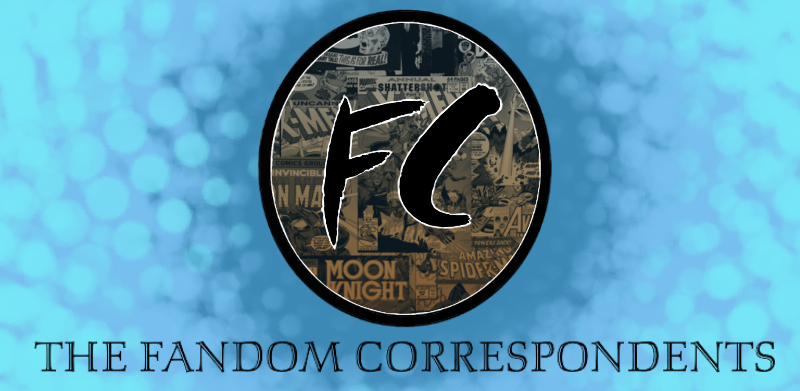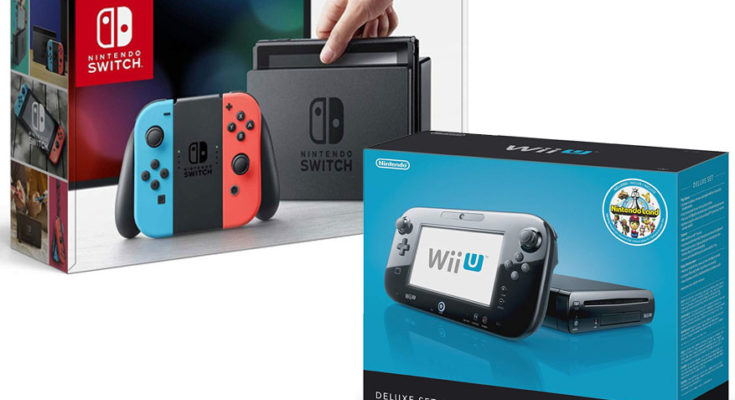The 2010s will probably be looked back on within the context of a lot of media events. Game of Thrones rose to prominence. . . and then fell from that prominence pretty hard. Star Wars received a new trilogy that fans loved and hated so much that actual death threats were sent to real people. The MCU changed film forever and put together an 11-year film narrative and an unparalleled shared cinematic universe. In terms of video games, however, perhaps the event that most characterized the industry throughout the decade has been the Console War. Mostly spearheaded by Sony and Microsoft, the Consoles War pit friends and families against each other in a matter of deep importance: what console do you prefer? Oddly enough, Nintendo–perhaps the most beloved video game company of all time–felt strangely detached from the conflict for several years. Obviously, Nintendo has been known for doing its own thing, and often that thing has worked out great, as seen by the success of the Wii and the Switch. However, a blip of Nintendo console history exists between those powerhouses, and that blip is a big reason why Nintendo seemed to be left out of the console wars for a good portion of the decade. That blip was the Nintendo Wii-U.

As of 2009, Nintendo was winning the war. The Wii had sold more units than the PS3 or X-Box 360, thus achieving the lead in the seventh-generation console bout. Even now, the Wii is the 4th-best selling console of all time behind the first, second, and fourth iterations of Playstation, not respectively (and not including handhelds). So what happened? Well, to kick off the eighth generation of consoles and the new era of the Console Wars, Nintendo released the Wii U a year before the PS4 and Xbox One. What was the Wii U you might ask? Well, that was the problem: most consumers didn’t really know. The failure of the Wii U is a lesson in poor marketing. Since Nintendo consoles have traditionally been marketed as the family-focused choice, parents and older individuals weren’t entirely sure about the Wii U. Was it a new piece of hardware for the Wii? Was it a new game service? Were games still coming out for the Wii as well? Nintendo really failed to market the Wii U as an all-new console, and it’s confusing name didn’t really help matters either.
The Wii U was an economic flop; it currently sits at the 16th best-selling home console, behind pretty much every modern console and even its predecessors Gamecube, NES, and SNES. I consider this a shame, because it really had a lot to offer. It was the first Nintendo console to support HD graphics; it offered some great games such as the Wind Waker Remaster, Hyrule Warriors, and New Super Mario Brothers U; Virtual Console allowed people to play classic Nintendo games; and the Wii U gamepad allowed non-TV play that set an important standard for future Nintendo innovations. Strong as it was, however, the Wii U couldn’t overcome a general lack of interest. What Nintendo did next, however, asserted its relevance and secured its place in the next pseudo-generation of console wars. In 2016, Sony unveiled the PS4 Pro, a tuned-up version of the original console that offered greater performance and visual standards. That same year, Microsoft released the Xbox One S, a similar follow-up to its initial eighth generation console that had underperformed so far compared to its Sony rival. Sony, poised to take the most recent console war pretty handily, was totally blindsided a year later when Nintendo released a new, innovative console: the Nintendo Switch. This console followed up on the Wii U’s gamepad technology and enabled people to play by either plugging up to a TV or using the console as a handheld. Its mobility and graphical performance set a new standard of quality for Nintendo consoles, and a slew of terrific games–both from home and by third-party developers–made the Switch an instant success. The Switch is already the 10th best-selling home console despite being out less than 3 full years, and those numbers are expected to only go up.

After a misstep with the Wii U, Nintendo really returned with a vengeance thanks to the Switch. This resurgence has taught us a few important lessons about the industry we love so much. First, the Switch has shown us to never count a company out despite initial setbacks. After the lackluster performance of the Wii U, some critics questioned whether Nintendo had outlived its relevance. However, as we have seen, they remain one of the most innovative entertainment companies today and are capable of massive turnarounds. Second, we have learned that the video game industry may be seeing another significant change in the realm of handhelds. The mobility of the Switch has demonstrated Nintendo’s ability to depart from traditional handheld consoles, and Sony’s apparent abandonment of the PS Vita may be predicting a possible monopoly on handheld gaming for Nintendo through versatile consoles. Third, with the arrival of more third-party developers to Nintendo’s current console than ever before, we may be entering the ninth-generation of the console wars with Nintendo having more relevance and widespread appeal than ever before. This, combined with Microsoft’s need to bounce back from a lackluster generation and the growing prevalence of cross-platform play, may mean that we’re in store for the biggest round of the console wars yet.
It’s good to have Nintendo back in the game again.

